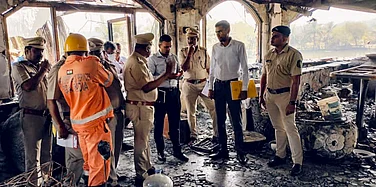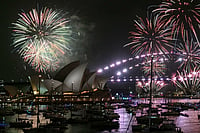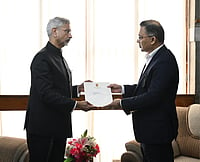The low-grade explosive from firecrackers and around 7-8 litres of petrol were used to make the crude bomb in Kalamassery for blast in Ernakulam district of Kerala, the investigations have revealed.
The analysis by forensic experts has revealed that Dominic Martin, the self-confessed operative, “a radio frequency system, in this c ase a mobile phone, was used to detonate the bomb, which means Martin had to be within 400-500 metres of it.”
The findings have been shared with investigators of Kerala Police and National Investigation Agency (NIA), HT reported.
“It was a ‘sutli’ bomb, assembled using explosives from firecrackers and petrol to make it into an incendiary device, so that the convention centre catches fire, and the idea was to cause maximum damage. A mobile phone call worked as a radio-frequency trigger system, but the range of such devices is usually low, so Martin had to be there to make the call to complete the electric charge and trigger the IED (improvised explosive device),” the report quoted a counterterrorism official as having said.
Three people, including a 12-year-old girl, have died so far from the blast, which took place at Zamra International Convention and Exhibition Centre at Kalamassery near Kochi on Sunday. The blast took place on the final day of a three-day zonal conference of the Jehovah’s Witnesses, a Christian collective that has a few hundred thousand followers in Kerala.
Martin surrendered to police, claiming responsibility for the bomb blast and calling the teachings of sect “anti-national and seditious”.
Martin most likely learnt to make the “sutli” bomb from the internet, which is full of videos on fabricating such crude bombs, the report quoting an official said.
“Sutli” or twine bombs are popular in India during functions and festivals, and are the easiest available source of explosives. In 2018, the federal anti-terror agency unearthed a module inspired by the ISIS terror group, which had planned to make “sutli” bombs after watching videos online.


























